
I don't have trust issues... Rusafu Quotes
Structure The verb 'to be' is an irregular verb, and even In the present simple it has three different forms - am, are and is: As you can see, there are also contracted forms of the verb 'to be' which we frequently use in spoken English and in informal writing. To make the negative form in the present simple, we add 'not'.

FileFrederiksberg Have 2006.jpg Wikimedia Commons
Grammar Vocabulary Use auxiliary verbs before other verbs to form questions, passives and negative sentences, a compound tense or the passive. Auxiliary verbs are also known as helping verbs. These verbs give us more information about the main verb in a sentence often to give us more detail about time.
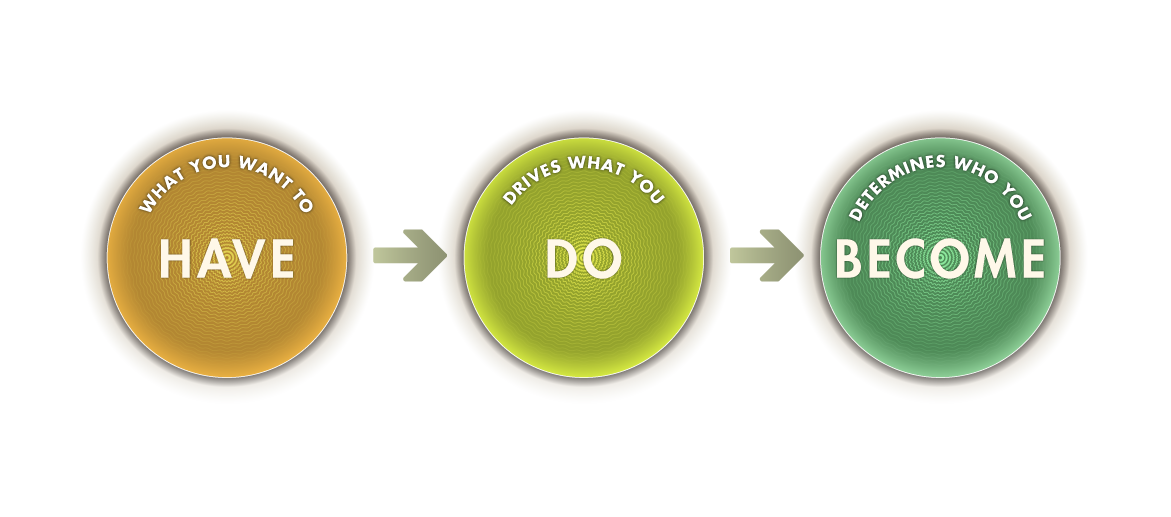
BEDOHAVE Andrew
Uses of to be and have Video: to be / to have / to do To be or to have ? Am / is / are / have / has Am / is / are / have / has To be / to have - exercises Is / isn't / has / hasn't To be or to have - test 1 To be or to have - test 2 Am / is / are / have / has 1 Am / is / are / have / has 2 To be / to have Am / is / are / have got / has got

How can you have more confidence in yourself, in Absolute Truth? To
Watch a short video with some ideas on how you can use the verbs BE and HAVE in English.-- Created using PowToon -- Free sign up at http://www.powtoon.com/..
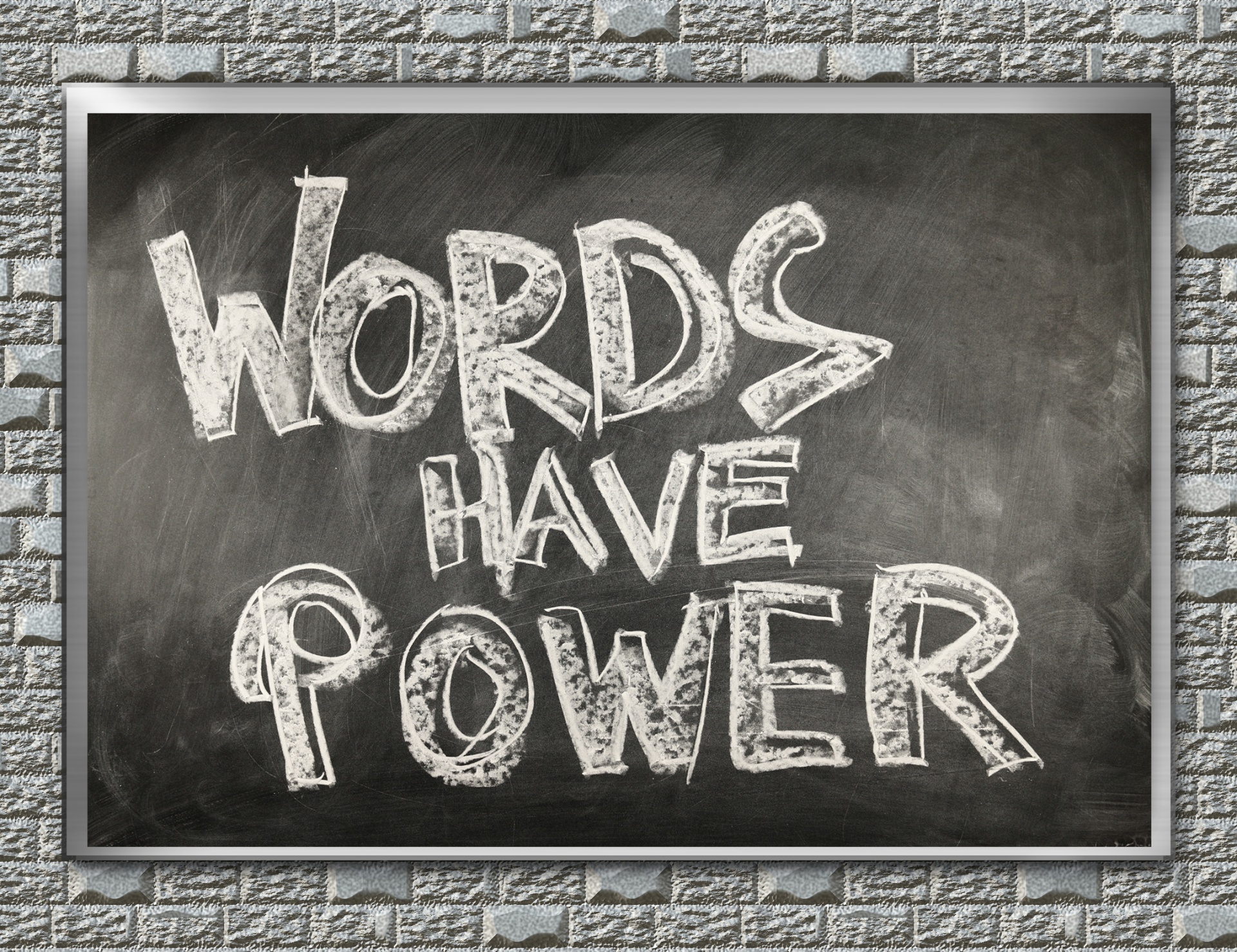
Words Have Power Free Stock Photo Public Domain Pictures
Be and Have for Describing Appearances A LESSON PLAN FOR ENGLISH LANGUAGE TEACHERS Typical describing appearances of people phrases with be and have presentation and practice. By: Alex Case Level: All Levels Theme: Character & appearance Study Area: Vocabulary Download Lesson Plan (PDF) 211 KB Next » Page: / Lesson Plan Content:

Have A Nice Day Free Stock Photo Public Domain Pictures
Auxiliary Verbs in English (Be, Do and Have) auxiliary verb is also known as a . This means that the auxiliary verb helps the main verb so we can write in different tenses, moods, and voices. : I have been to Brazil. In this example, "Have" is the auxiliary verb and "been" is the main verb.

I Have an Idea A Different View
"To Have" as an Auxiliary Verb. To have is one of English's three auxiliary verbs (along with to be and to do). An auxiliary verb adds more information (such as tense, mood, and voice) to the main verb.. As an auxiliary verb, to have is used with a past participle to form future present perfect and past perfect.. The structure for using to have as an auxiliary verb that indicates present.
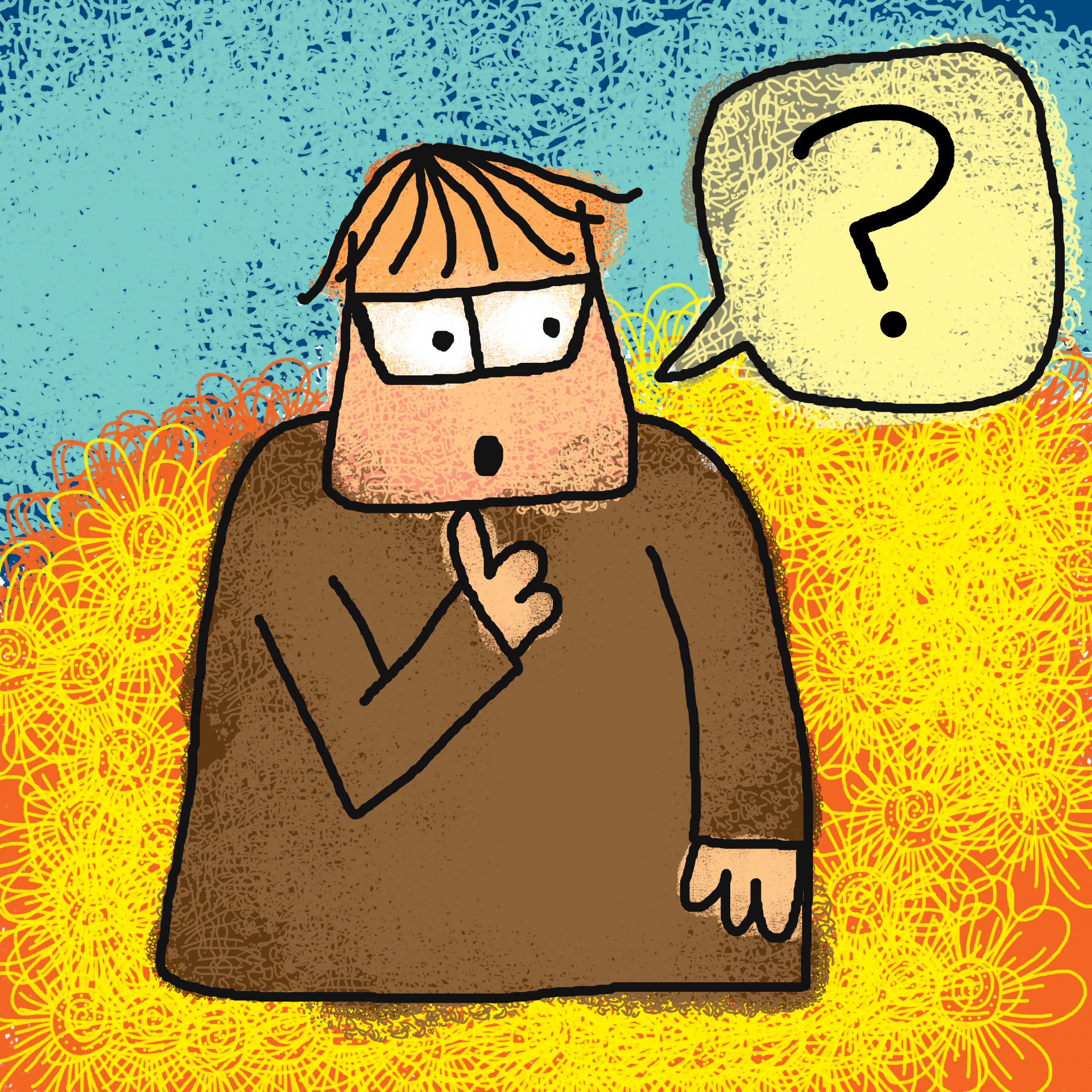
I Have A Question Free Stock Photo Public Domain Pictures
English Grammar Verbs The verb 'be' The verb 'be' Level: beginner The verb be has the following forms: We use the infinitive form be with modal verbs: It will be dark soon. They might be tired. The verb be is a link verb. It is used: with a noun phrase: My mother is a teacher. Bill Clinton was the president of the US. with an adjective:

Barbara Walters Price Photo of the Day
To indicate possibility One way has and have combine with other verbs is to indicate something that hasn't happened yet (but could) or a possibility. You have to take out the trash. The puppy has to go on a morning walk. To describe a completed action

Have fun Scrolller
Matt Ellis The irregular verb to be is the most complicated of all the English verbs—and it just so happens to be the most used, too. The to be verbs are am, are, is, was, and were, along with the bare infinitive be, the present participle being, and the past participle been.

Listening Freeology
Level: Third Grade/ Tercero de primaria. Language: English (en) ID: 314127. 31/07/2020. Country code: MX. Country: Mexico. School subject: English as a Second Language (ESL) (1061958) Main content: Verb to be- Has and have (1133463) Verb to be and Have/has simple exercises.
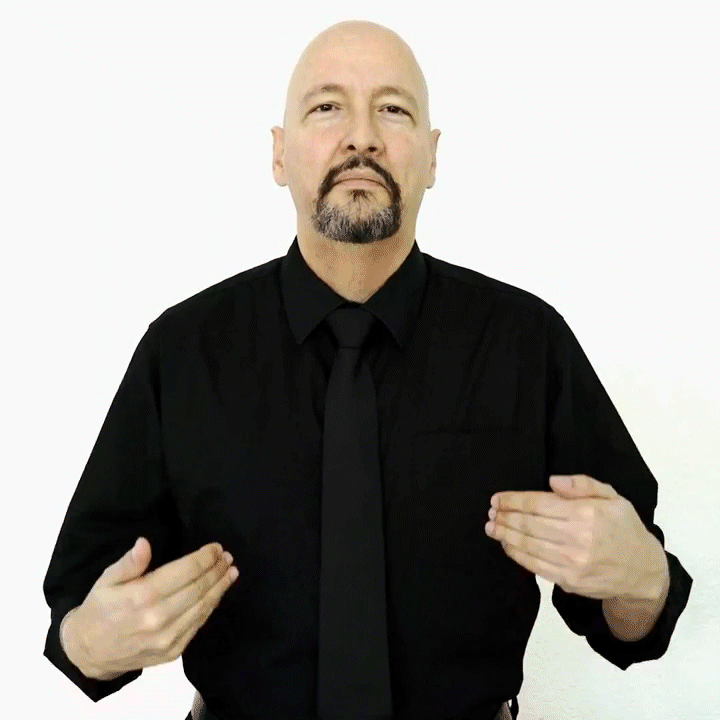
"have" American Sign Language (ASL)
(Here, "to have" is an auxiliary verb helping the verb "to fly.") He had heard the truth. (Here, "to have" is an auxiliary verb helping the verb "to hear.") When "to have" is used as an auxiliary verb, it is often shortened - especially in everyday speech. I've worked all day. (Notice that have becomes 've.) Sarah's flown back to Argentina.

I will have fun Keep calm, Calm, Keep calm signs
I don't have enough plans. I am lonely on the weekend. I don't have enough friends to go out with. For sentence #4, the student can write: The bus is crowded. The bus has too many people. The bus is full. The bus doesn't have enough seats. The passengers are uncomfortable. Practice: All of the following sentences have "be" and "have.

I have her full collection Scrolller
1. be as a main verb We often use the short/contracted forms with this verb. 2. do as a main verb 3. have as a main verb 4. Modals can, could, may, must, need, will etc. We can subtitute don't ( can't) for do not ( cannot ). Modals have the same form every time regardless the subject. We do not add an -s to the infinitive. Explanation
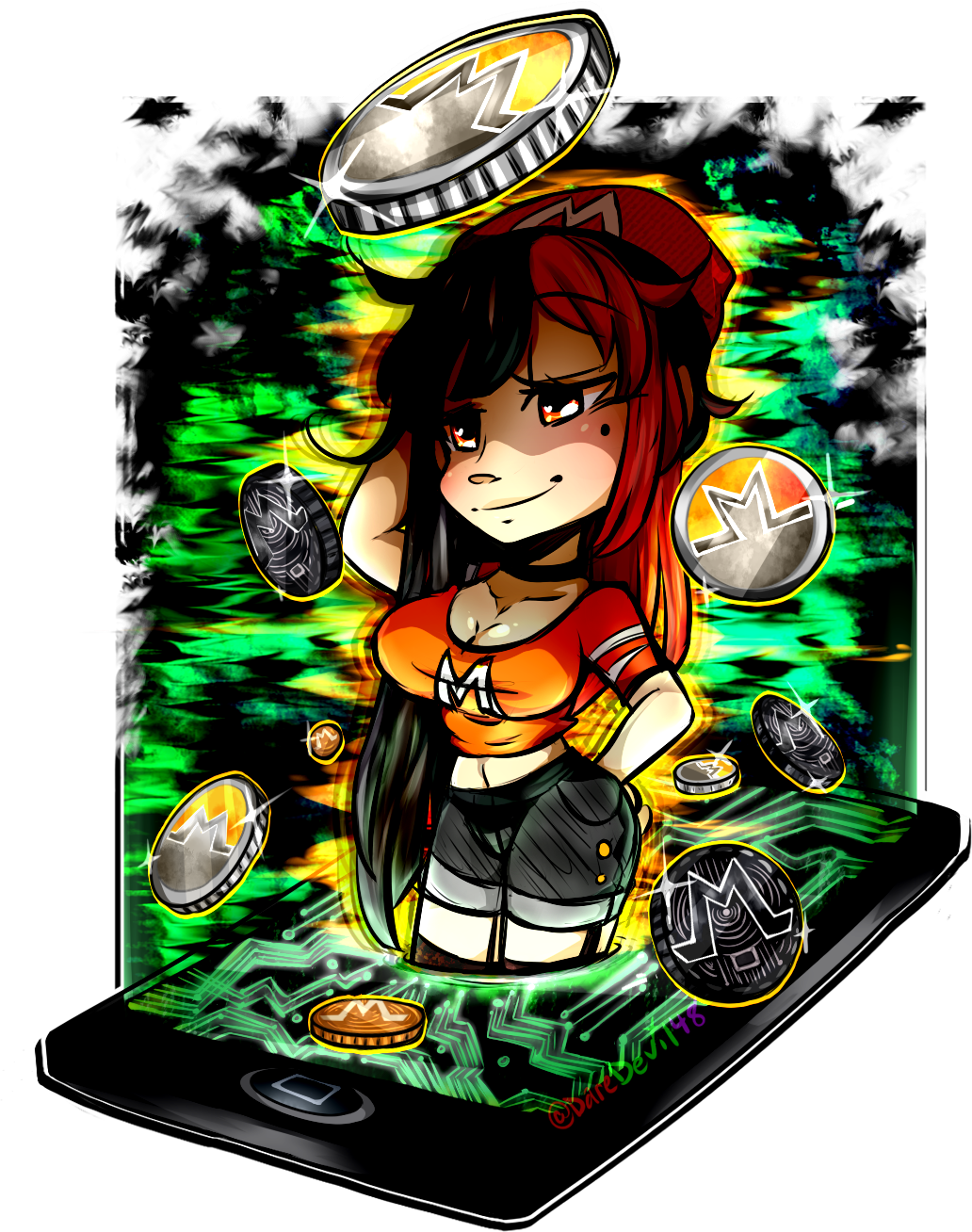
I Don't Have Caller ID Scrolller
May 21, 2019 English has 23 auxiliary verbs. That's a lot! Today we focus on the three basic ones: do, be, and have. This post will show you how powerful these short words are, and how they are able to transform a simple sentence into questions, negatives and different verb tenses. All three verbs are irregular: DO: do/does - did - done

Shelfemployed Picture Book Roundup kind, find, and confined
The verb 'to have'. The verb 'to have' is one of the most widely used verbs in English. It can be used as a verb on its own, signifying possession, or as an auxiliary verb, bringing meaning and context to other verbs. Here's how it's conjugated. To make the negative form, we add 'not', or abbreviate it to '-n't'.